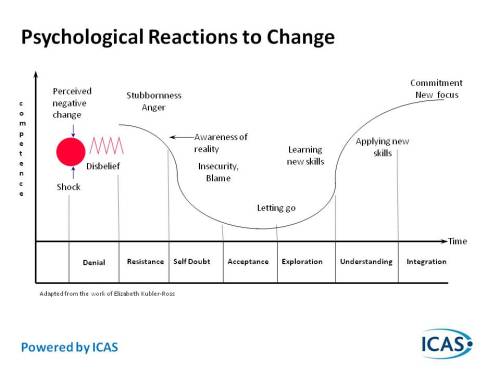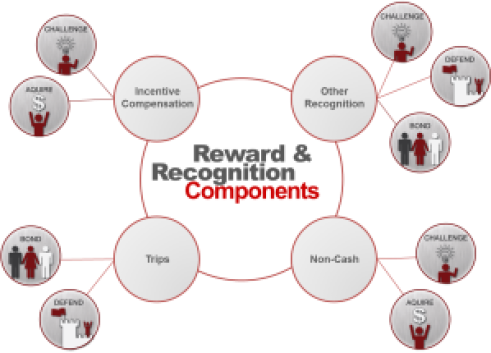I had a client send me an e-mail the other day – with this question – “Whose job is it to motivate?” Here is the response that I sent her…
“Whose job is it to motivate?
This was an interesting question – one that, at first glance, seemed like it could be quickly answered if I did not spend too much time thinking about it. So I spent some time thinking on it…and like the proverbial onion, it has many layers.
A quick response would be that it is the manager’s job to motivate. They are in charge of their team of people and one of the responsibilities that they have is to make sure that their team is doing their job. You get people to do their job by motivating them. As a manager, you are likely to be in control of many of the motivational levers that organizations typically use, such as performance ratings, incentive components, special role assignments, recognition and a host of other tools that are designed to help motivate employees. As a manager, you are often the closest link to the organization that employees have – as such, you are key to ensuring that they know the strategy and vision for the company.
So the job of motivating is the managers….
Except that when you peel away another layer, and ask the question, “can a manager really motivate his or her employees?” This comes down to a theoretical question about our ability or lack of ability to really motivate another person? Sure, you can motivate through fear and intimidation, but those are not typically the types of motivational forces that we think of when we think of a manager (outside of the threat of firing). The question is revolves around the idea of having someone else motivate me or do I need to motivate myself. You can put all of the rewards and accolades in front of me, but if I choose not to be motivated by that, then is there anything that you can do to motivate me?
Think about this in another way as a hypothetical question – what would motivate you to bring great physical harm to another person? Would any amount of money sway you to do that? Would any type of promotion or praise get you to do this? Probably not. You would have to have an intrinsic motivation to be able to do this (if even that would suffice for many people).
If we go down this path, then motivation is self-derived and is ultimately the job of the employee…
However, you peel away another layer and look at the role that our environment plays in our behavior and attitudes. For instance, we know that people eat more when their plate is larger – even if they are not motivated to do so, or more ominously, motivated to not eat more (i.e., on a diet). It has been shown that the work environment that we are in can have a significant impact on our attitudes and ultimately our performance. We know that people’s behavior is changed when they are presented with an incentive or reward for doing something. Studies, as well as our own experience, show that we will work longer, harder and more tenaciously if we know that there will be a luxurious reward as the result of our effort. This points to the fact that a company’s leadership and the culture, environment, systems and processes that they develop are key to motivation.
Taking that line of thought, it is leadership’s job to motivate…
Except they do not often have an immediate presence or interaction with the employees. That is relegated to the manager and how those systems, environments and culture are interpreted often relies on their actual practice of them…so we are back to the manager…and to the individual…
Ultimately, it comes down to a combination of all three. That the job of motivating is everyone’s job.
This is not a simple matter to say that “motivation” falls within someone’s job description…it is indeed a larger issue that has its roots in so much of what everyone in the company does every day. We know that employees are complex individuals. That each of us is driven by different needs and different goals. The Four Drive Model helps us put those drives into categories, but those drives are still hugely complex in their nature, and that it takes a large amount of effort by the company, managers and individuals to really motivate us to our fullest potential.
Ok – hope I didn’t get too long winded or philosophical and that this was insightful to you…
Let me know if you have further questions.
Thanks.
Kurt Nelson, PhD.”








